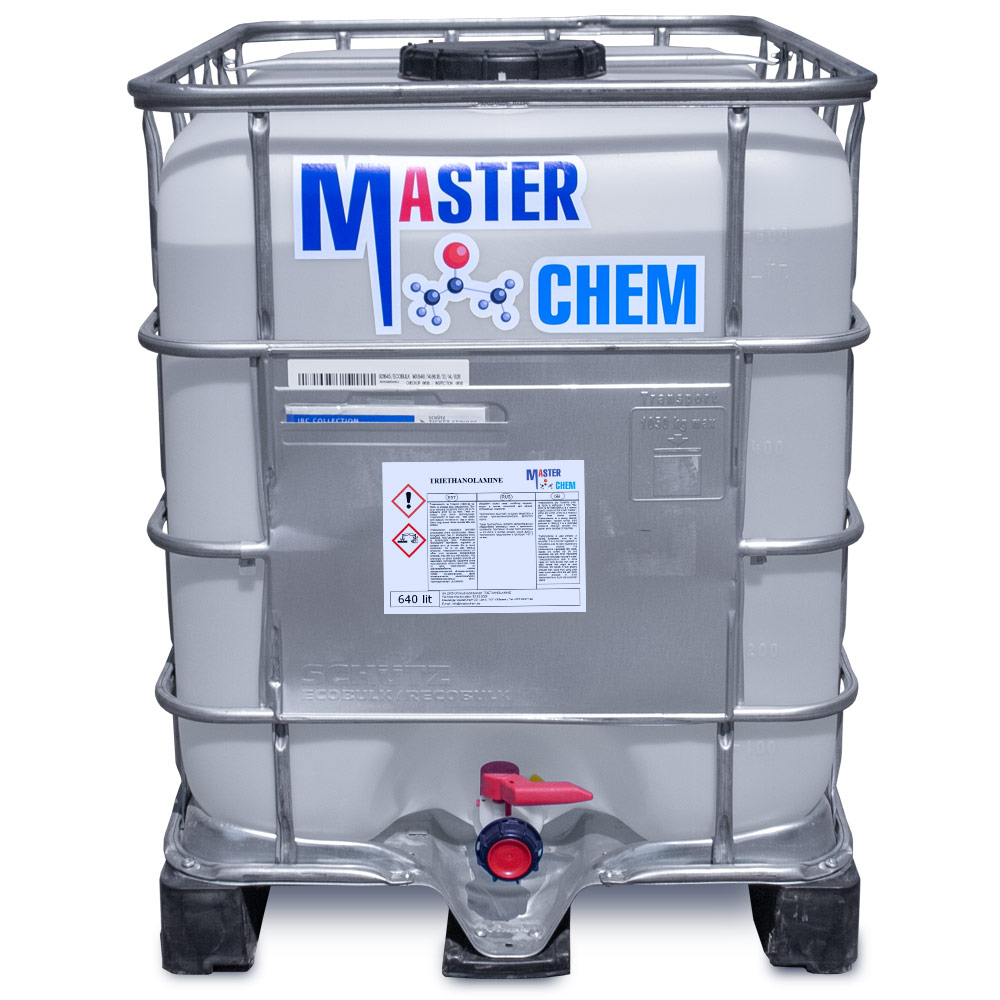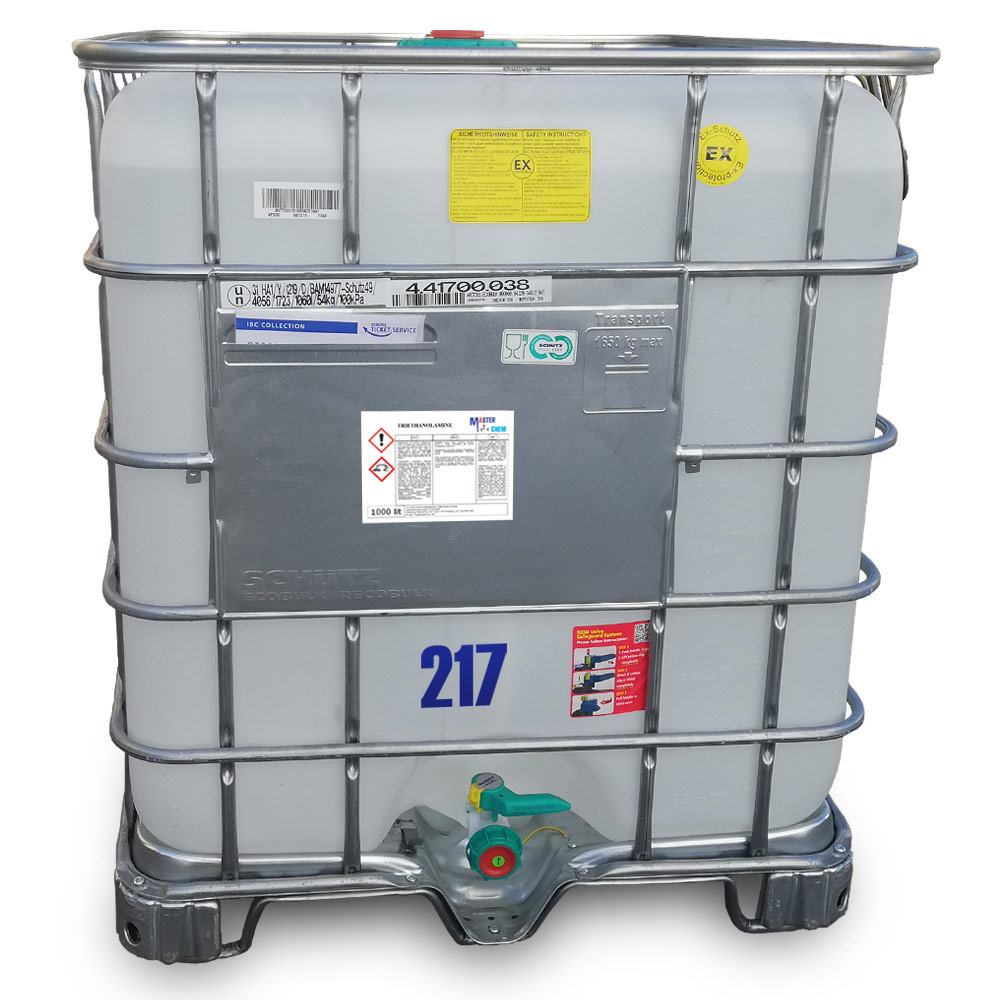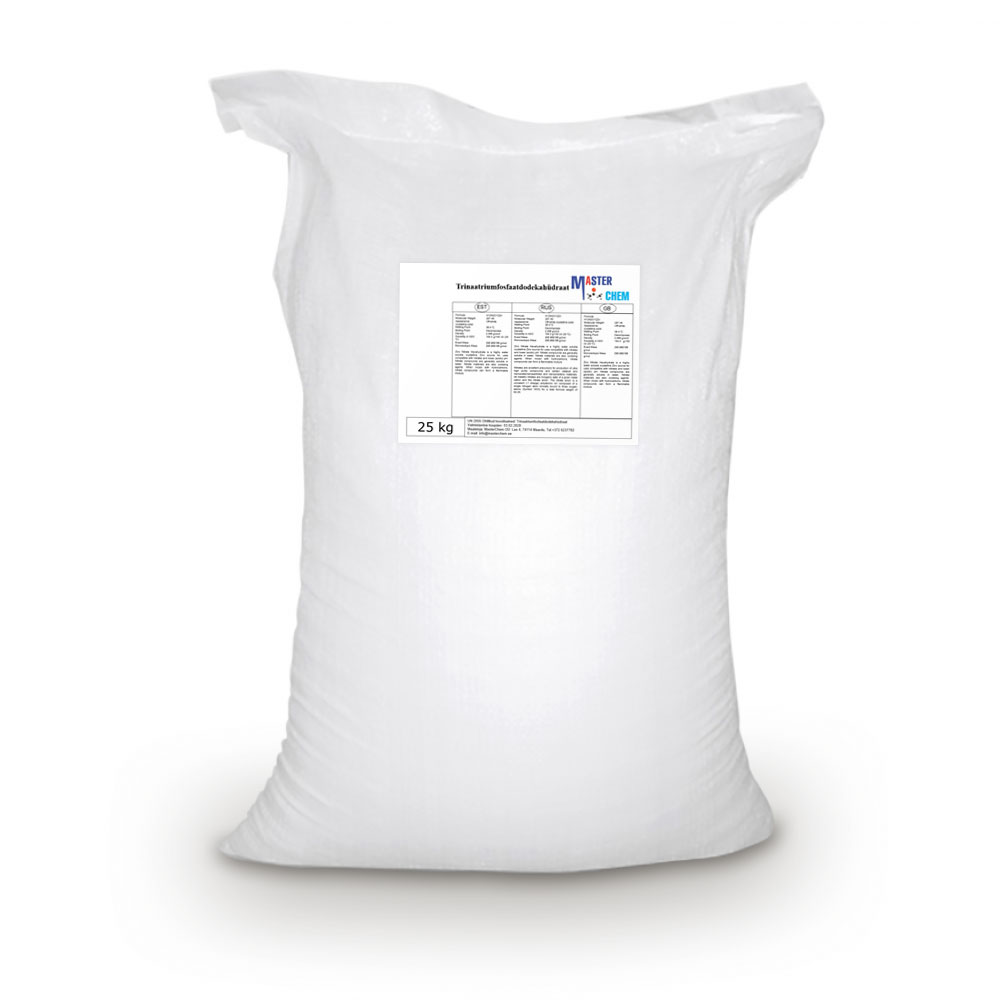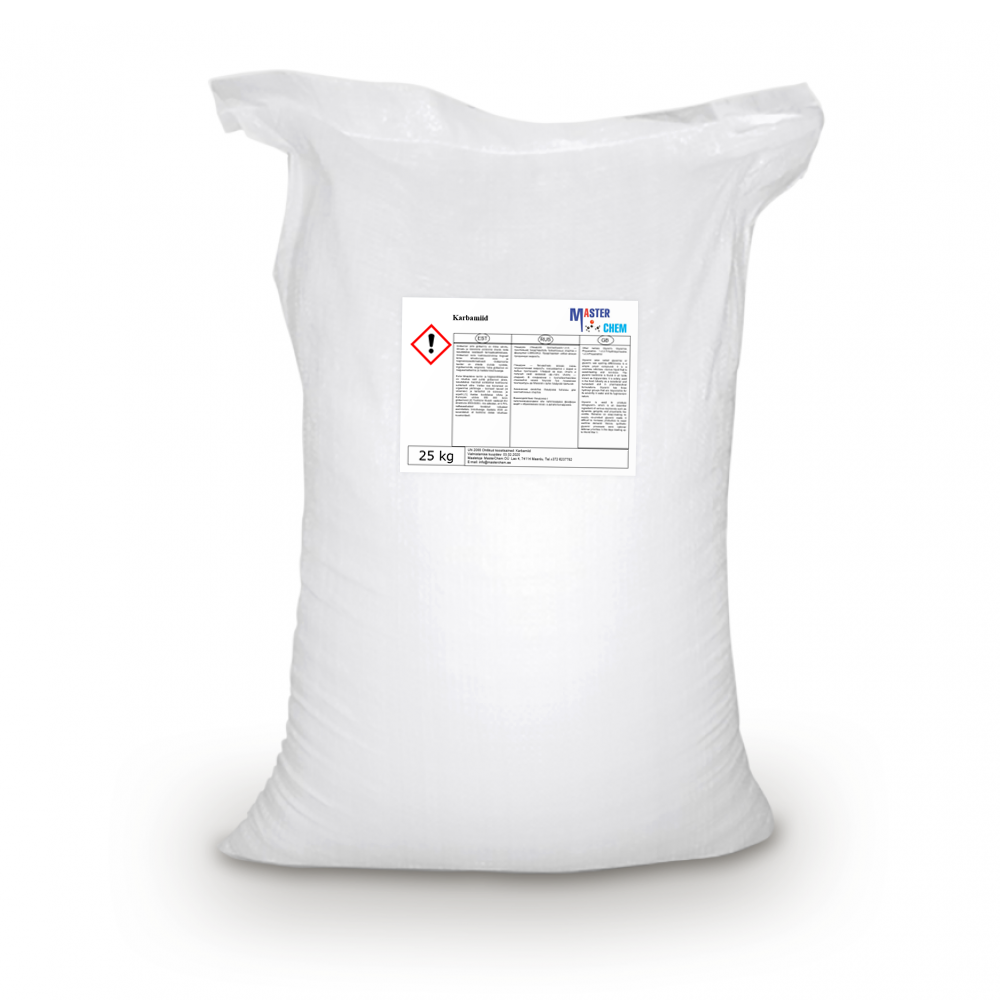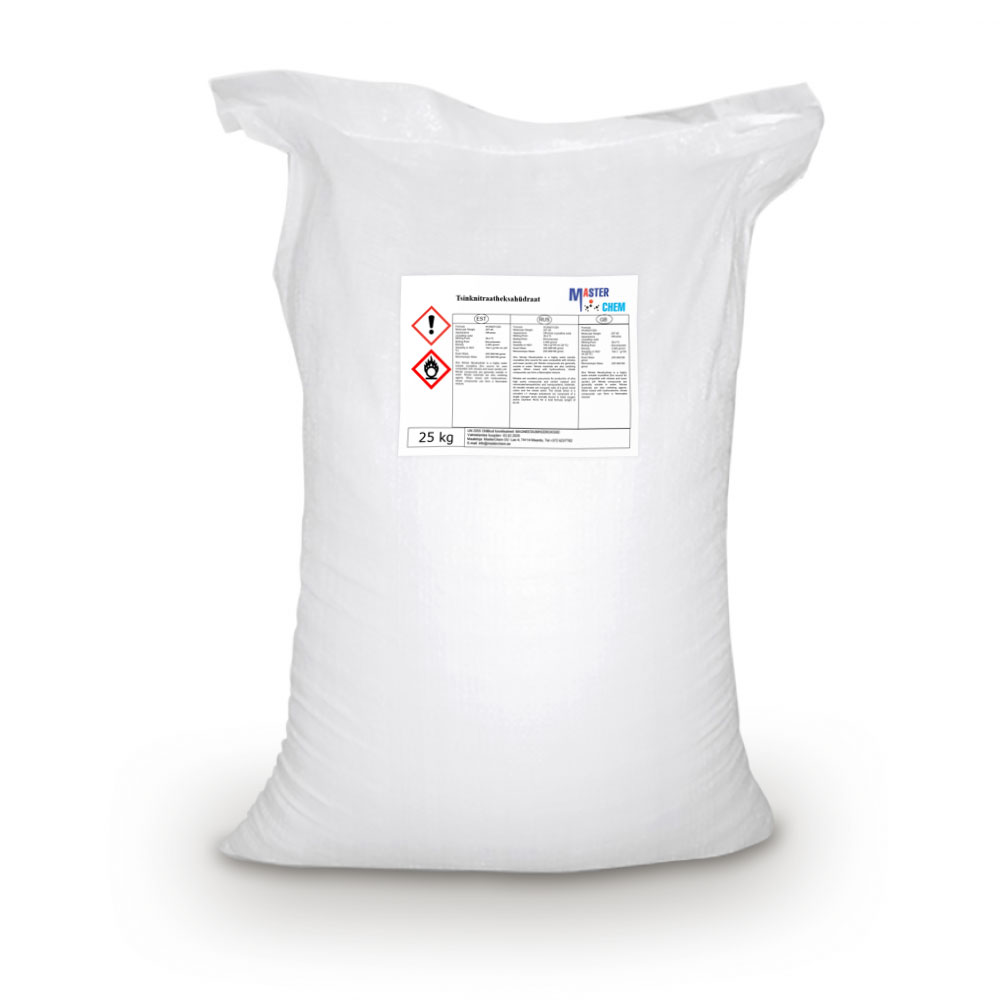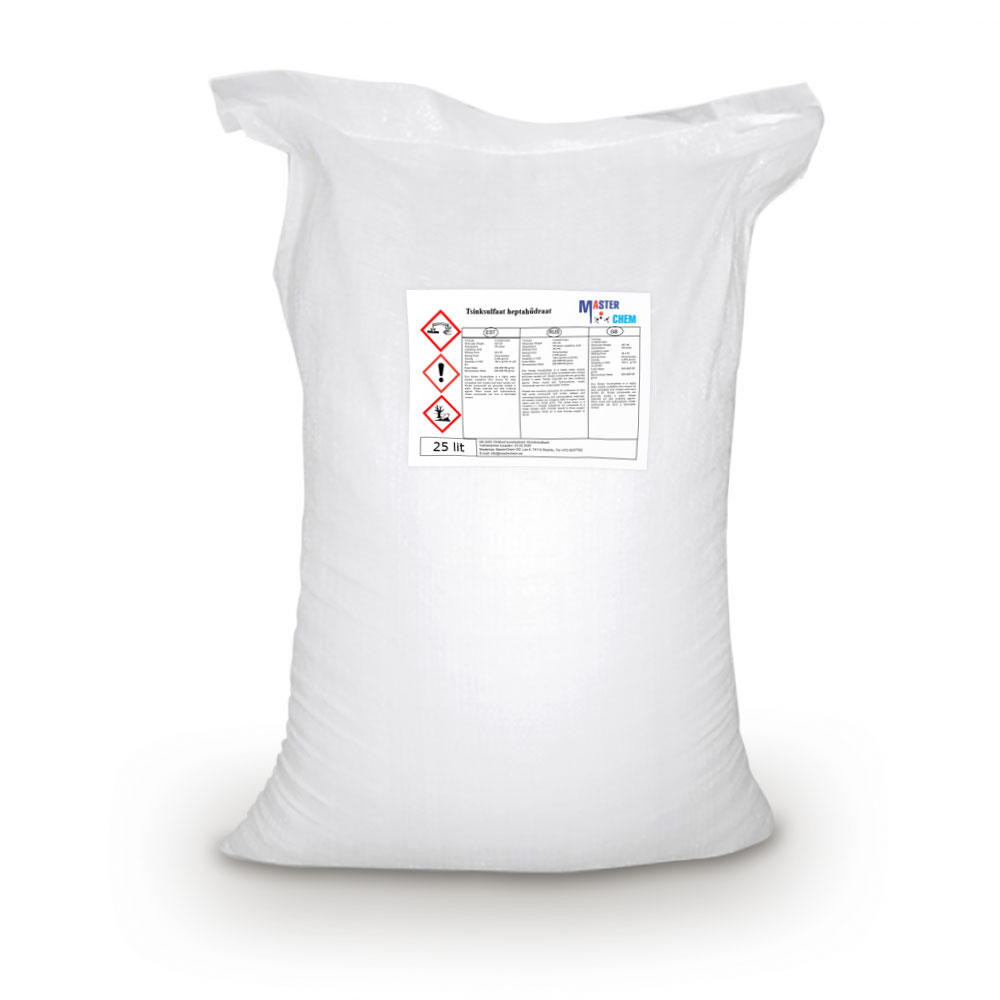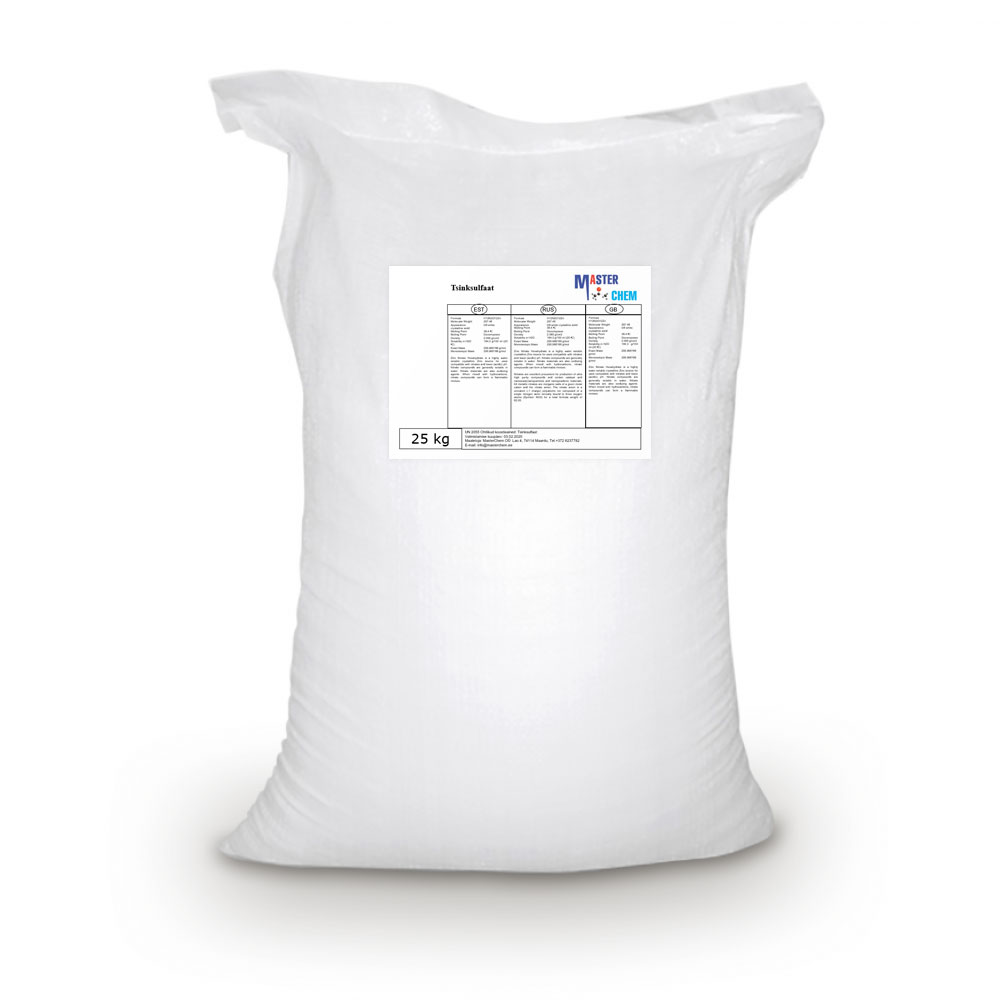Currently Empty: €0.00
Triethanolamine (CAS 102-71-6)
Other names: 2,2′,2”-Nitrilotriethanol, Tris(2-hydroxyethyl)amine, Triethylolamine, 2,2′,2″-Trihydroxytriethylamine, Trolamine, TEA, TEOA
Triethanolamine aka Trolamine (abbr. as TEOA to distinguish it from TEA which is for triethylamine) is a viscous organic compound that is both a tertiary amine and a triol. A triol is a molecule with three alcohol groups. Triethanolamine is a strong base.[3] Approximately 150,000 tonnes were produced in 1999.[4] It is a colourless compound although samples may appear yellow because of impurities.
CAS: 102-71-6
Trisodium Phosphate Dodecahydrate (CAS 10101-89-0)
Trisodium Phosphate Dodecahydrate (CAS 10101-89-0)
Sodium phosphate tribasic dodecahydrate is also known as trisodium phospate or TSP. It is a highly soluble in water and widely used as a cleaning agent. The pH of a 1% solution is typically around 12, making this reagent sufficiently alkaline for saponification of grease and oils. In combination with surfactants, TSP is an excellent agent for cleaning everything from laundry to concrete driveways. This versatility and low manufacturing price made TSP the basis for a plethora of cleaning products sold in the mid-20th century. Trisodium phosphate is used in the isolation of mycobacteria, including culturing of tubercle bacilli. Has been used as a protein precipitant in certain applications and in co-precipitation and fractionization of nucleotides. May be used for the preservation of biologically active soil samples. Because of the alkaline pH, TSP disrupts cytoplasmic and outer membranes of Salmonella enterica cells making it useful in preventing the spread of bacteria.It is used in photographic developing, clarifying sugar, removing boiler scale, softening water and manufacturing of paper. They are added to many foods as an emulsifier to prevent oil separation. It can be utilized as a leavening agent. Some instances of these foods include the batter coating on breaded fish or chicken, and commercially baked cakes. Adding this item to food increases the shelf life of the food, maintaining the texture and visual aspect of the food.
Urea (CAS 57-13-6)
Urea (CAS 57-13-6)
Urea, also known as carbamide, is an organic compound with chemical formula CO(NH2)2. This amide has two –NH2 groups joined by a carbonyl (C=O) functional group.
Urea serves an important role in the metabolism of nitrogen-containing compounds by animals and is the main nitrogen-containing substance in the urine of mammals. It is a colorless, odorless solid, highly soluble in water, and practically non-toxic (LD50 is 15 g/kg for rats).[6] Dissolved in water, it is neither acidic nor alkaline. The body uses it in many processes, most notably nitrogen excretion. The liver forms it by combining two ammonia molecules (NH3) with a carbon dioxide (CO2) molecule in the urea cycle. Urea is widely used in fertilizers as a source of nitrogen (N) and is an important raw material for the chemical industry.
Friedrich Wöhler discovered that urea can be produced from inorganic starting materials, which was an important conceptual milestone in chemistry in 1828. It showed for the first time that a substance previously known only as a byproduct of life could be synthesized in the laboratory without biological starting materials, thereby contradicting the widely held doctrine of vitalism, which stated that only living things could produce the chemicals of life.
Zinc nitrate hexahydrate (CAS 10196-18-6)
Zinc nitrate hexahydrate (CAS 10196-18-6)
Zinc Nitrate Hexahydrate is a highly water soluble crystalline Zinc source for uses compatible with nitrates and lower (acidic) pH. Nitrate compounds are generally soluble in water. Nitrate materials are also oxidizing agents. When mixed with hydrocarbons, nitrate compounds can form a flammable mixture. Nitrates are excellent precursors for production of ultra high purity compounds and certain catalyst and nanoscale(nanoparticles and nanopowders) materials. All metallic nitrates are inorganic salts of a given metal cation and the nitrate anion. The nitrate anion is a univalent (-1 charge) polyatomic ion composed of a single nitrogen atom ionically bound to three oxygen atoms (Symbol: NO3) for a total formula weight of 62.05.
Zinc Sulphate Heptahydrate (CAS 7446-20-0)
Zinc Sulphate Heptahydrate (CAS 7446-20-0)
Zinc sulfate is an inorganic compound. It is used as a dietary supplement to treat zinc deficiency and to prevent the condition in those at high risk. Side effects of excess supplementation may include abdominal pain, vomiting, headache, and tiredness.
The most common form includes water of crystallization as the heptahydrate, with the formula ZnSO4•7H2O. It was historically known as “white vitriol”. Zinc sulfate and its hydrates are colourless solids.
Zinc Sulphate Monohydreate (CAS 7446-19-7)
Zinc Sulphate Monohydreate (CAS 7446-19-7)
Zinc sulfate is an inorganic compound. It is used as a dietary supplement to treat zinc deficiency and to prevent the condition in those at high risk. Side effects of excess supplementation may include abdominal pain, vomiting, headache, and tiredness.
The most common form includes water of crystallization as the heptahydrate, with the formula ZnSO4•7H2O. It was historically known as “white vitriol”. Zinc sulfate and its hydrates are colourless solids.

